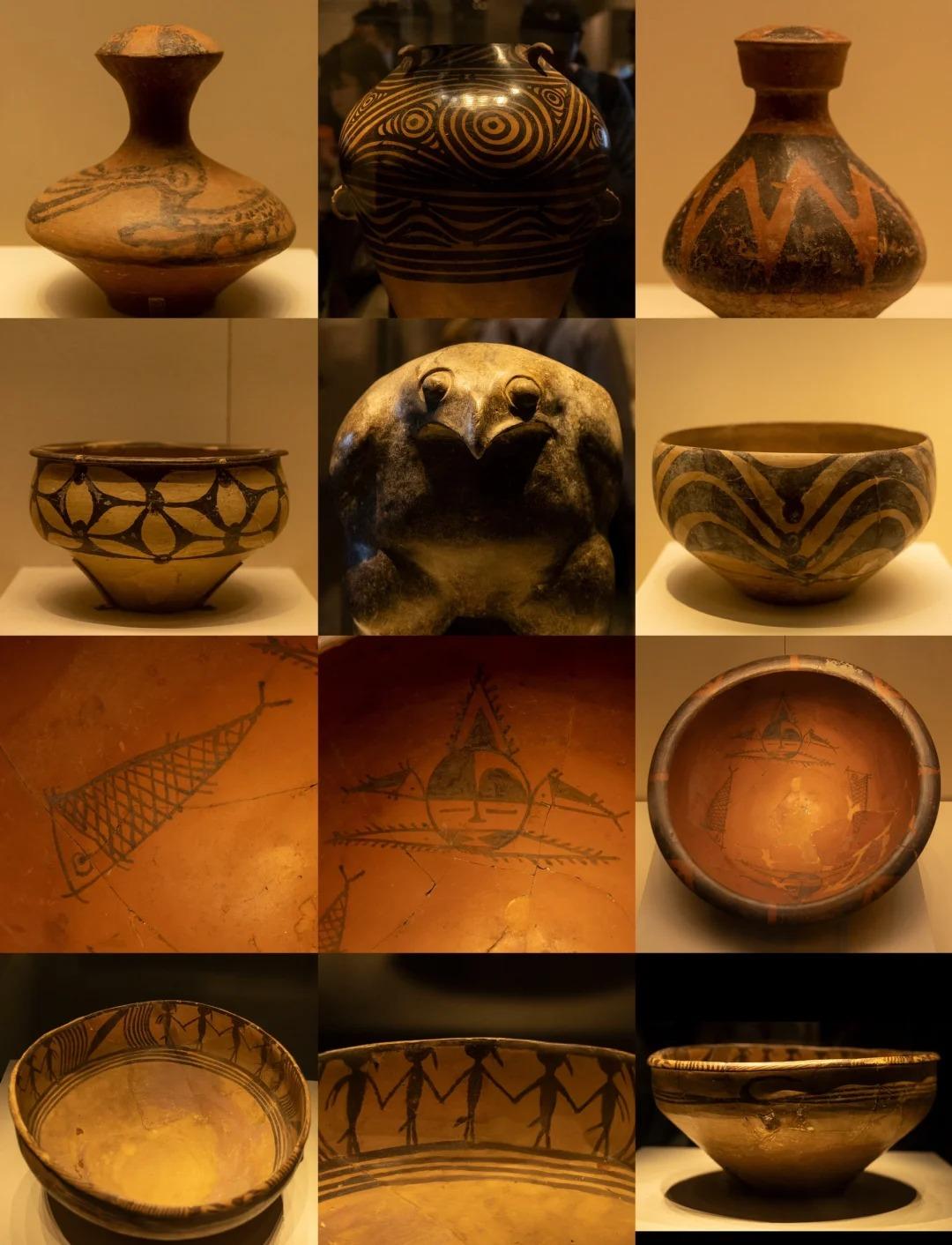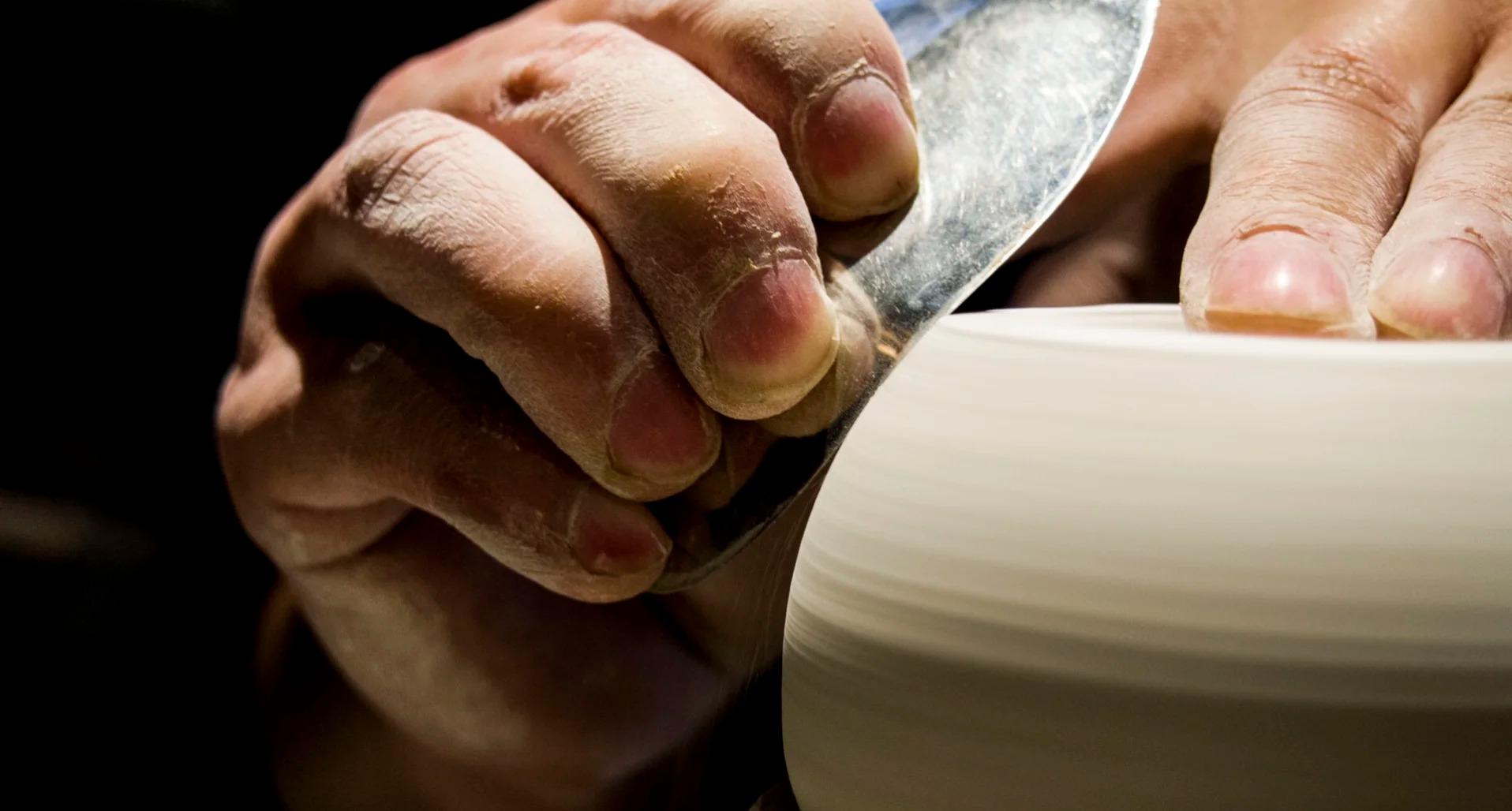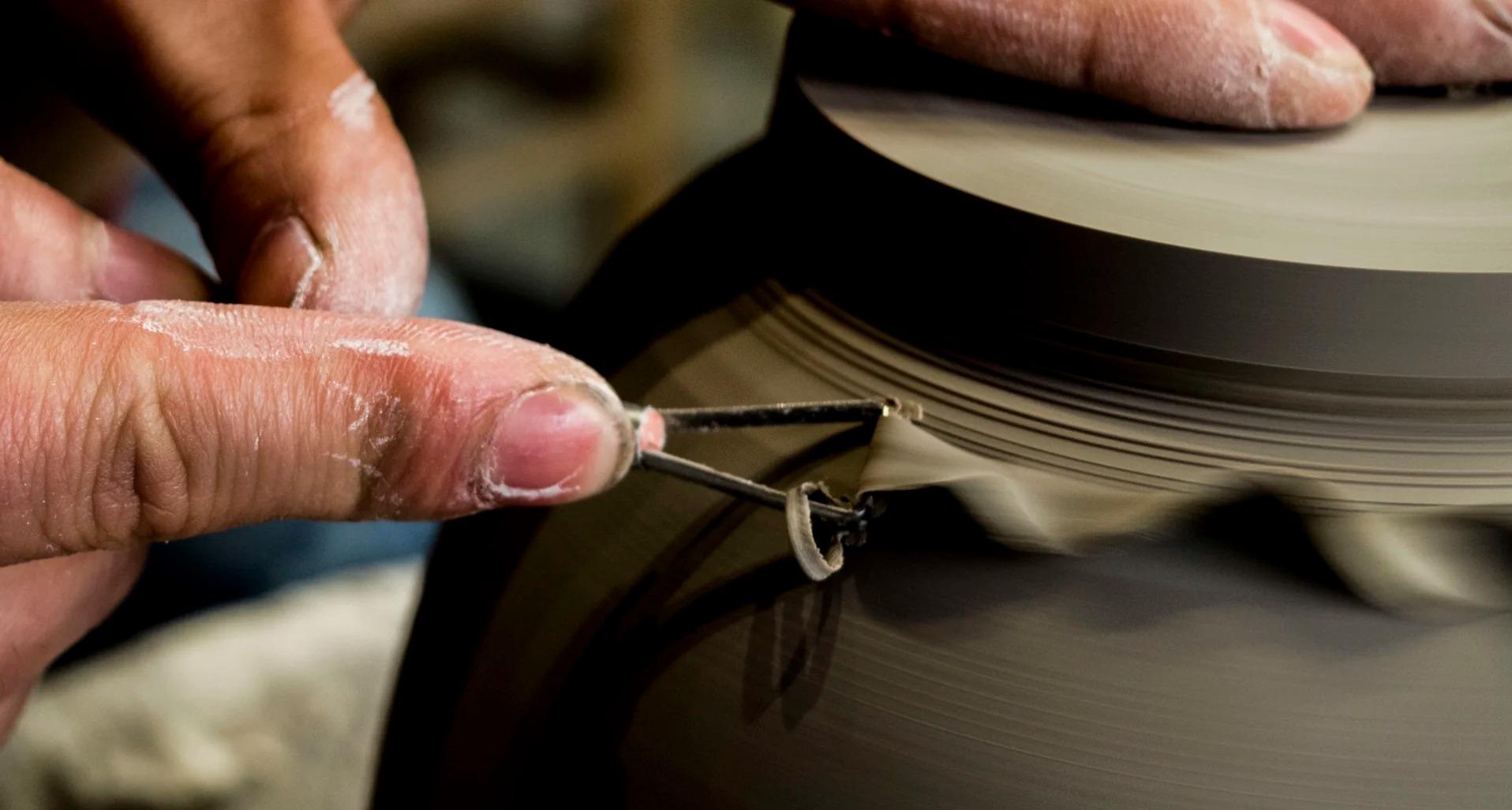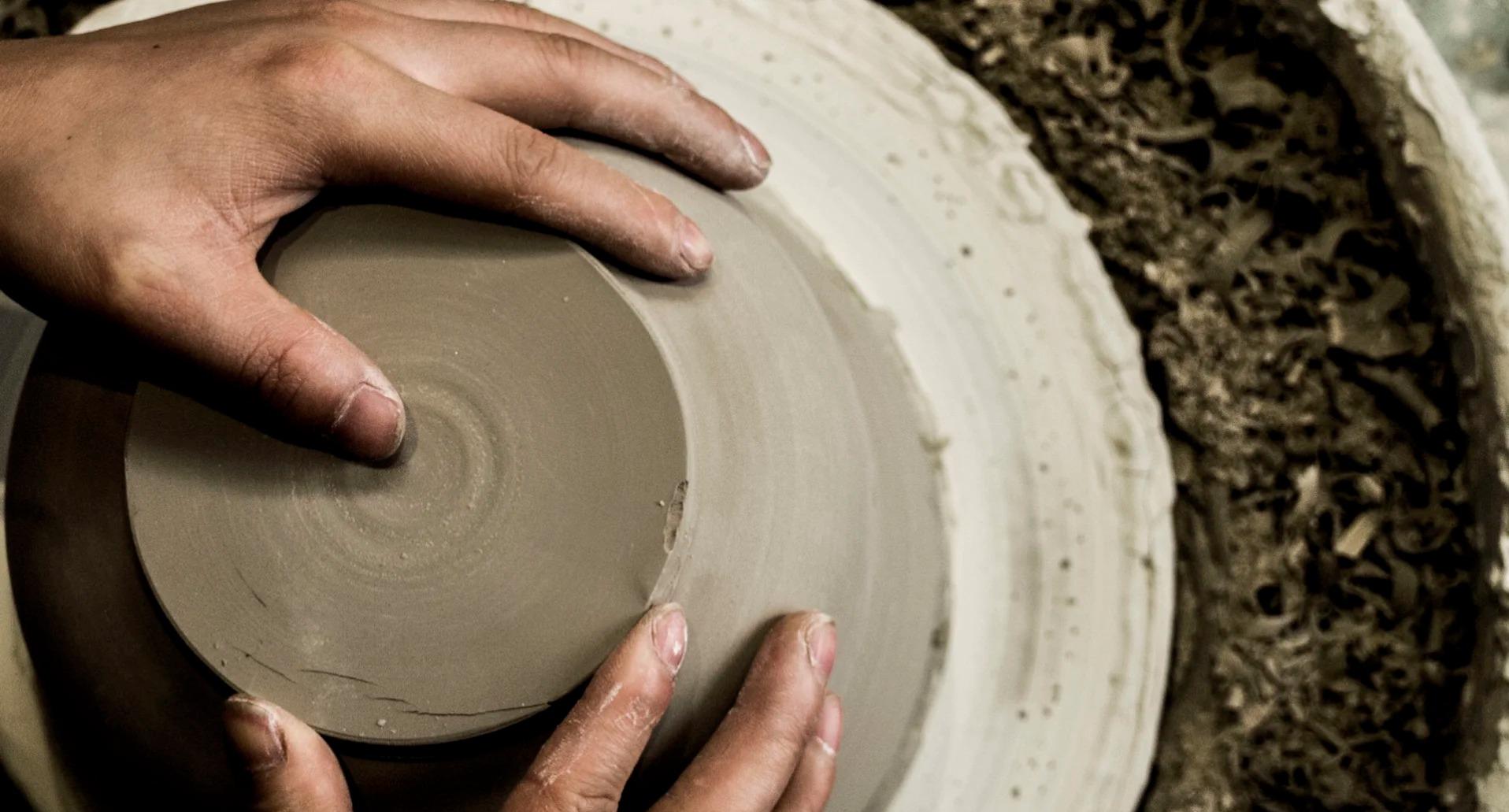Introduction to Chinese Ceramics
Chinese ceramics, with their exquisite beauty and historical significance, are more than mere pottery; they are a testament to China’s rich cultural heritage. For millennia, these delicate creations have played a crucial role in Chinese society, from everyday use to imperial treasures.

The development of Chinese ceramics spans thousands of years, evolving from simple earthenware to the finest porcelain. Here’s a brief timeline:
| Period | Major Developments |
|---|---|
| Neolithic (c. 10000-2000 BCE) | Primitive earthenware |
| Han Dynasty (202 BCE-220 CE) | Glazed stoneware |
| Tang Dynasty (618-907 CE) | Tri-color (Sancai) glazes |
| Song Dynasty (960-1279) | Refined celadon and porcelain |
| Ming Dynasty (1368-1644) | Blue and white porcelain perfected |
| Qing Dynasty (1644-1912) | Innovative glazes and enamels |
Major Types of Chinese Ceramics
Chinese ceramics can be broadly categorized into three main types:
- Earthenware: Low-fired, porous pottery, often unglazed or with a lead glaze.
- Stoneware: High-fired, dense, and impermeable, with a natural ash or applied glaze.
- Porcelain: The finest ceramic, made from kaolin clay and fired at extremely high temperatures.
Each type has its unique characteristics, from the rustic charm of earthenware to the translucent beauty of porcelain.

Famous Chinese Pottery Styles
- Tang Sancai (三彩): Vibrant tri-color glazed pottery of the Tang Dynasty, often used for tomb figures.
- Song Dynasty celadon: Subtle, jade-like green glazes on elegant forms, embodying Zen aesthetics.
- Ming blue and white porcelain: Cobalt blue designs on white porcelain, reaching its zenith in the 15th century.
- Qing Dynasty famille rose: Delicate enameled porcelain with a palette dominated by rose pink.
Key Production Centers and Their Specialties
- Jingdezhen: Known as the “Porcelain Capital,” famous for its fine white porcelain.
- Yixing: Renowned for unglazed purple clay teapots, prized by tea connoisseurs.
- Longquan: The heart of celadon production, known for its “secret color” glaze.
- Cizhou: Famous for its bold black and white designs on stoneware.
Identifying and Appreciating Chinese Ceramics
When examining Chinese ceramics, consider:
- Glazes and colors: From monochrome to polychrome, each glaze tells a story.
- Shapes and forms: Vases, bowls, plates, each with symbolic meanings.
- Marks and reign periods: Often found on the base, helping to date the piece.
- Decorative techniques: Underglaze, overglaze, incising, and more.

Chinese Ceramics in Museums and Galleries
Must-visit collections in China include:
- The Palace Museum in Beijing
- Shanghai Museum
- Jingdezhen China Ceramics Museum
Internationally, look for Chinese ceramics at:
- The British Museum, London
- Metropolitan Museum of Art, New York
- National Palace Museum, Taipei
When visiting exhibitions, take advantage of guided tours or audio guides to deepen your understanding.

Chinese Ceramics for Travelers
For ceramic enthusiasts traveling in China:
- Where to see and buy:
- Panjiayuan Antique Market in Beijing
- Jingdezhen Pottery Workshop in Jiangxi Province
- Yuyuan Garden Bazaar in Shanghai
- Tips for purchasing authentic pieces:
- Buy from reputable dealers
- Request certificates of authenticity
- Be wary of “ancient” pieces at suspiciously low prices
- Packing and transporting:
- Use bubble wrap and sturdy boxes
- Consider professional shipping for valuable pieces
- Declare purchases at customs
- Modern ceramic experiences:
- Participate in pottery workshops in Jingdezhen
- Visit modern ceramic art galleries in major cities
- Attend the Jingdezhen International Ceramic Fair (held annually)
As you explore the world of Chinese ceramics, remember that each piece carries with it thousands of years of history and artistry. Whether you’re admiring a delicate Song dynasty bowl or creating your own piece in a modern workshop, you’re connecting with a tradition that has shaped Chinese culture for millennia.
For the traveler, Chinese ceramics offer a tangible link to the country’s past and present. As you wander through markets, museums, and ancient kilns, let the beauty and craftsmanship of these objects guide you deeper into the heart of Chinese culture. Each ceramic piece, whether an antique treasure or a contemporary creation, tells a story of artistic innovation, cultural exchange, and the enduring human desire to create beauty from the earth itself.





